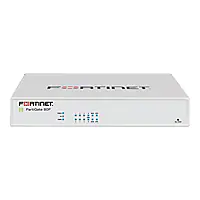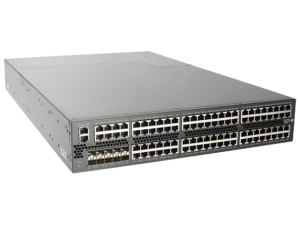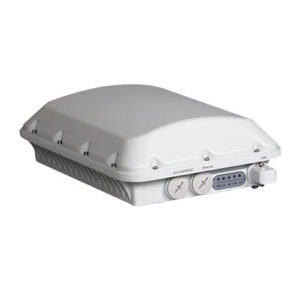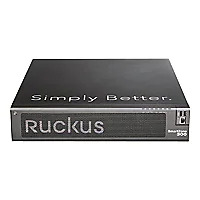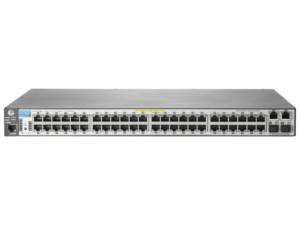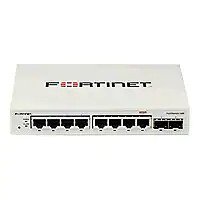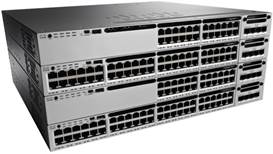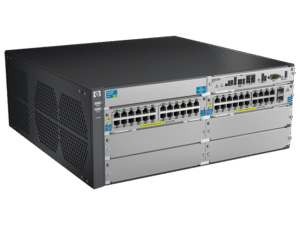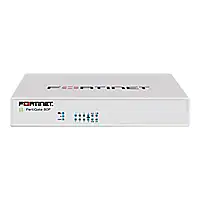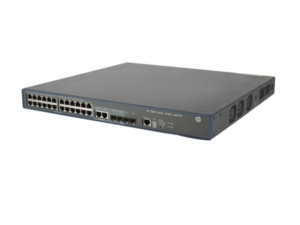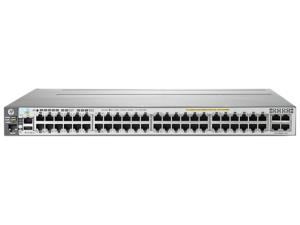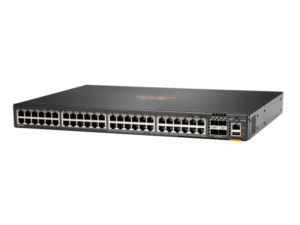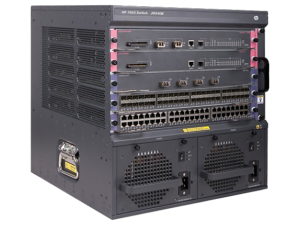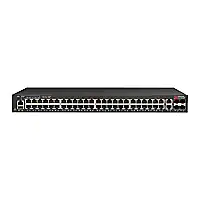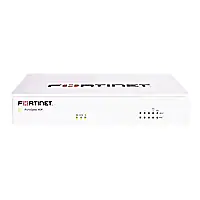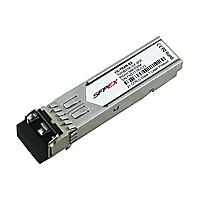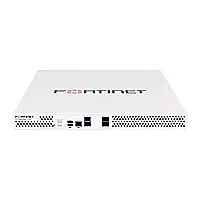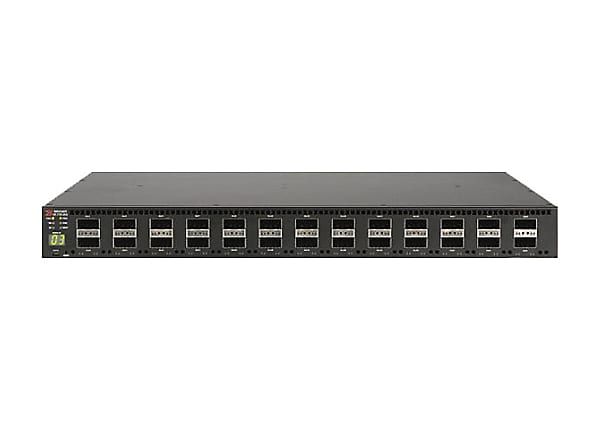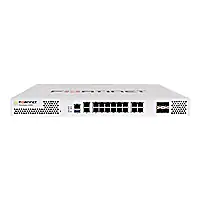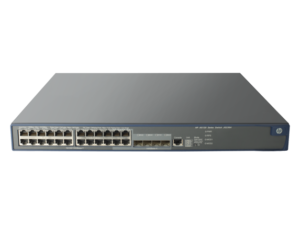Ease of Use and Deployment
• Cisco Express Setup simplifies initial configuration with a Web browser, eliminating the need for more complex terminal emulation programs and CLI knowledge.
• IEEE 802.3af and Cisco prestandard PoE support comes with automatic discovery to detect a Cisco prestandard or IEEE 802.3af endpoint and provide the necessary power without any user configuration.
• DHCP autoconfiguration of multiple switches through a boot server eases switch deployment.
• Automatic QoS (Auto QoS) simplifies QoS configuration in voice-over-IP (VoIP) networks by issuing interface and global switch commands to detect Cisco IP phones, classify traffic, and enable egress queue configuration.
• Autosensing on each 10/100 port detects the speed of the attached device and automatically configures the port for 10- or 100-Mbps operation, easing switch deployment in mixed 10- and 100-Mbps environments.
• Autonegotiating on all ports automatically selects half- or full-duplex transmission mode to optimize bandwidth.
• Dynamic Trunking Protocol (DTP) helps enable dynamic trunk configuration across all switch ports.
• Port Aggregation Protocol (PAgP) automates the creation of Cisco Fast EtherChannel ® groups or Gigabit EtherChannel groups to link to another switch, router, or server.
• Link Aggregation Control Protocol (LACP) allows the creation of Ethernet channeling with devices that conform to IEEE 802.3ad. This feature is similar to Cisco EtherChannel technology and PAgP.
• DHCP Server enables a convenient deployment option for the assignment of IP addresses in networks that do not have a dedicated DHCP server.
• DHCP Relay allows a DHCP relay agent to broadcast DHCP requests to the network DHCP server.
• IEEE 802.3z-compliant 1000BASE-SX, 1000BASE-LX/LH, 1000BASE-ZX, 1000BASE-T, and coarse wavelength-division multiplexing (CWDM) physical interface support through a field-replaceable SFP module provides unprecedented flexibility in switch deployment.
• Support for the Cisco Catalyst 3560 SFP Interconnect Cable facilitates a low-cost, point-to-point gigabit connection between Cisco Catalyst 3560 Series switches.
• The default configuration stored in Flash memory helps ensure that the switch can be quickly connected to the network and can pass traffic with minimal user intervention.
• Automatic medium-dependent interface crossover (Auto-MDIX) automatically adjusts transmit and receive pairs if an incorrect cable type (crossover or straight-through) is installed on a 10/100 port.
• Time Domain Reflectometry (TDR) to diagnose and resolve cabling problems on copper Ethernet 10/100/1000 ports.
Cisco EnergyWise
• Cisco EnergyWise for greenhouse gas emissions and operational cost optimization by measuring, reporting, and reducing energy consumption across the entire corporate infrastructure, well beyond the scope of IT.
Superior Redundancy for Fault Backup
â— Cisco Uplink Fast and BackboneFast technologies help ensure quick failover recovery, enhancing overall network stability and reliability.
â— IEEE 802.1w Rapid Spanning Tree Protocol (RSTP) provides rapid spanning-tree convergence independent of spanning-tree timers and the benefit of distributed processing.
â— Per-VLAN Rapid Spanning Tree Plus (PVRST+) allows rapid spanning-tree reconvergence on a per-VLAN spanning-tree basis, without requiring the implementation of spanning-tree instances.
â— Cisco Hot Standby Router Protocol (HSRP) is supported to create redundant, fail-safe routing topologies.
• Command-switch redundancy enabled in Cisco Network Assistant software allows designation of a backup command switch that takes over cluster-management functions if the primary command switch fails.
• Unidirectional Link Detection Protocol (UDLD) and Aggressive UDLD allow unidirectional links to be detected and disabled to avoid problems such as spanning-tree loops.
• Switch port autorecovery (errdisable) automatically attempts to reenable a link that is disabled because of a network error.
• Cisco RPS 2300 support provides superior internal power-source redundancy, resulting in improved fault tolerance and network uptime.
• Equal cost routing (ECR) provides load balancing and redundancy.
• Bandwidth aggregation up to 8 Gbps through Cisco Gigabit EtherChannel technology and up to 800 Mbps through Cisco Fast EtherChannel technology enhances fault tolerance and offers higher-speed aggregated bandwidth between switches and to routers and individual servers.
High-Performance IP Routing
â— Cisco Express Forwarding hardware routing architecture delivers extremely high-performance IP routing.
â— Basic IP unicast routing protocols (static, RIPv1, RIPv2 and RIPng) are supported for small-network routing applications.
• Advanced IP unicast routing protocols (OSPF, Interior Gateway Routing Protocol [IGRP], EIGRP, Border Gateway Protocol Version 4 [BGPv4] and IS-ISv4) are supported for load balancing and constructing scalable LANs. The IP Services license is required.
â— IPv6 routing capability (OSPFv3, EIGRPv6) is support. IP Services license is required.
• Policy-Based Routing (PBR) allows superior control by enabling flow redirection regardless of the routing protocol configured.
â— Inter-VLAN IP routing provides for full Layer 3 routing between two or more VLANs.
â— Protocol Independent Multicast (PIM) for IP Multicast routing is supported, including PIM sparse mode (PIM-SM), PIM dense mode (PIM-DM), and PIM sparse-dense mode. The IP Services license is required.
• Fallback bridging forwards non-IP traffic between two or more VLANs.
Dimensions
(H x W x D)
1.73 x 10.6 x 9.1 in. (4.4 x 27 x 23 cm)
Weight
5 lb (2.3 kg)

